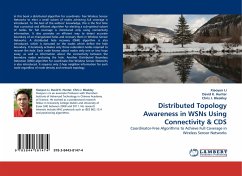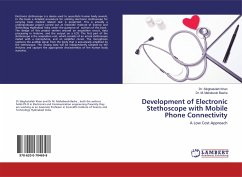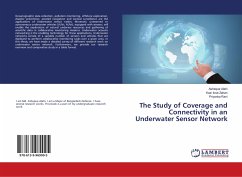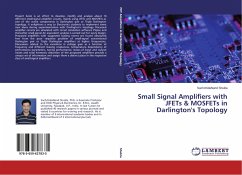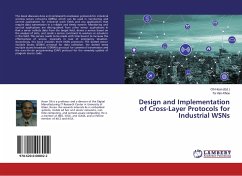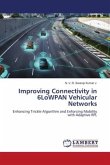In this book a distributed algorithm for coordinate- free Wireless Sensor Networks to elect a small subset of nodes achieving full coverage is introduced. To the best of the authors' knowledge, this is the first time that a practical and efficient algorithm for electing a sub-optimal subset of nodes for full coverage is introduced only using connectivity information. It also provides an efficient way to detect accurate boundary of un-triangulated holes and recovery them in Wireless Sensor Networks. A distributed hole recovery (DHR) algorithm is also introduced, which is executed on the nodes which define the hole boundary. It iteratively activates only those redundant nodes required to recover the hole. Each node knows about nodes only one or two hops away, as well as information about the connectivity between the boundary nodes enclosing the hole. Another Distributed Boundary Detection (DBD) algorithm for coordinate-free Wireless Sensor Networks is also introduced. It requires only 2-hop neighbor information for each node regardless of node density and network topology.

